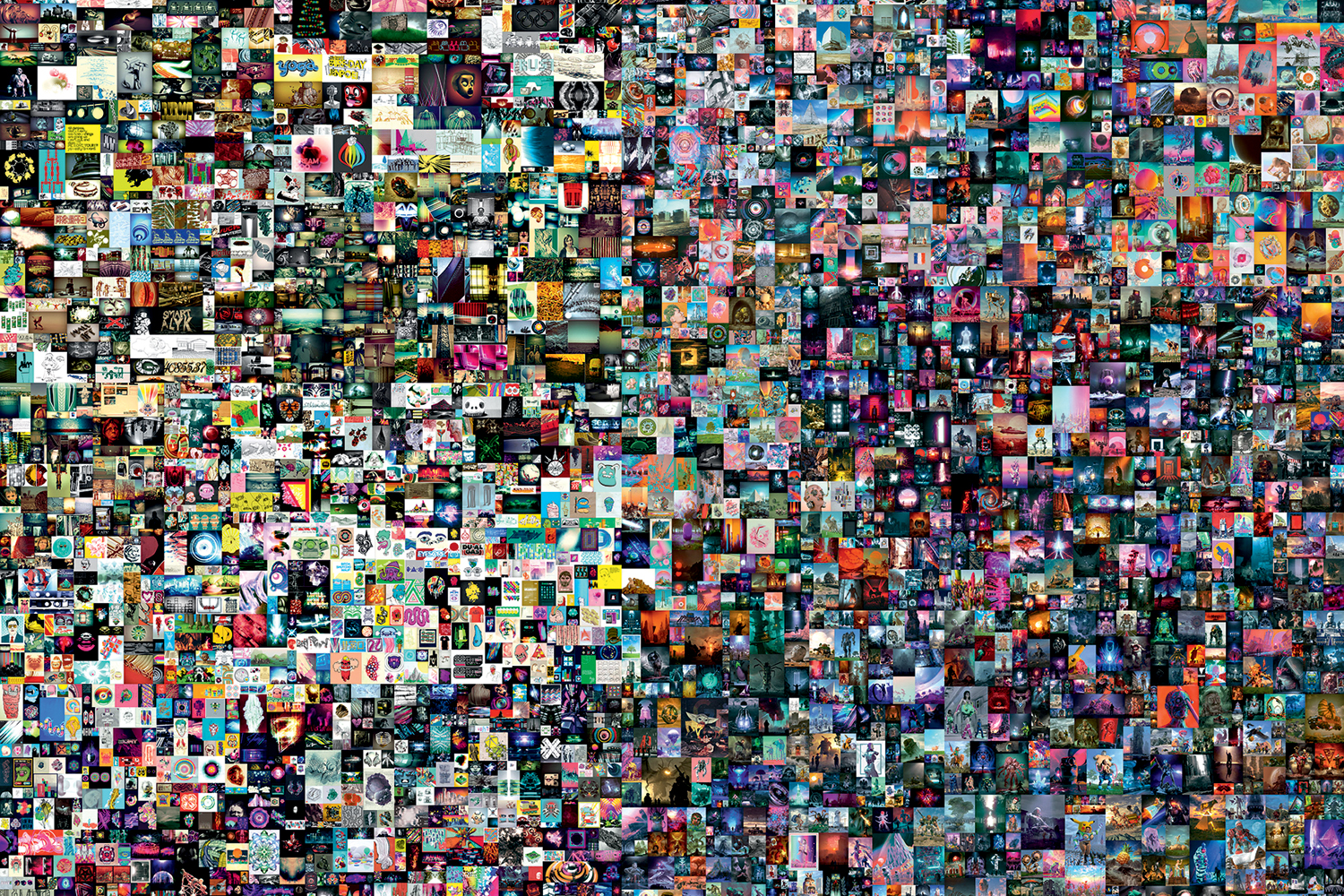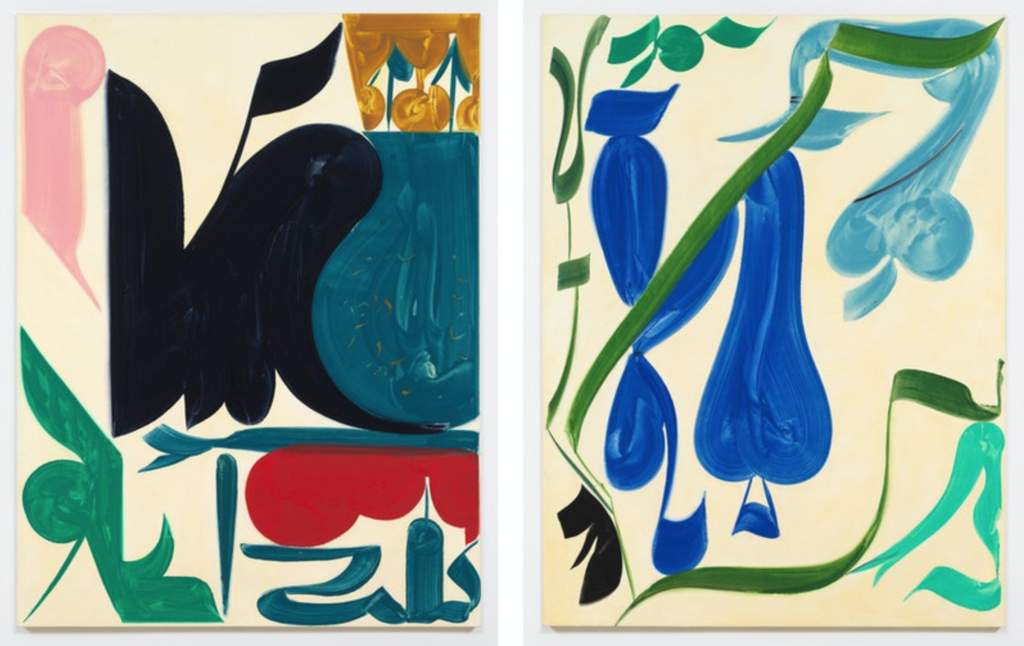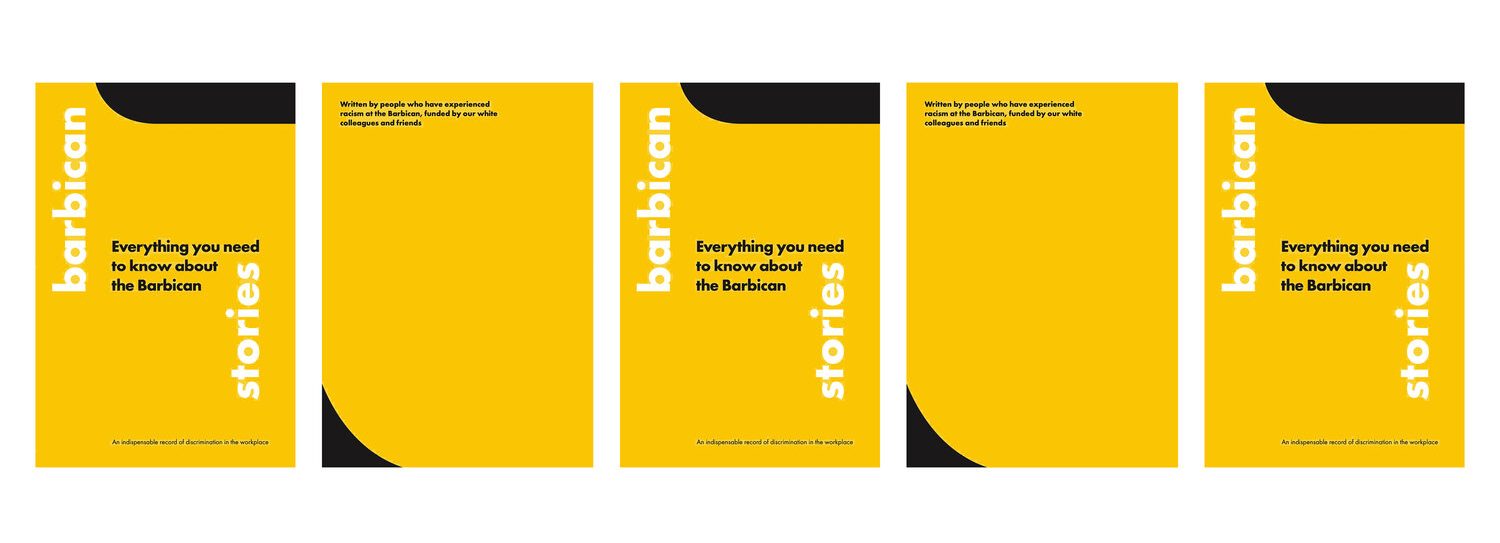
It has been a tumultuous twelve months for the art world with another year dealing with the dreaded Covid-19. But despite that,many topics have still caused a stir in arts and culture (and beyond).
The most obvious example is the rise of NFTs, or non-fungible tokens. “In the space of just a few months, the word ‘NFT’ has gone from being virtually unknown, to now becoming Collins Dictionary’s Word of the Year,” says Michael Bouhanna, co-head of digital sales at Sotheby’s.
NFTs may have been the biggest art trend, but it’s far from the only one. In a year of huge artistic, social and cultural moments certain topics have climbed to the top of the 2021 pile. Here are the ones that have taken the art sphere by storm…

NFT
Since 2018, NFTs have become increasingly popular in the tech world, but the real explosion started at the beginning of this year when the abbreviation cropped up in the art market. “It is an innovation that finally enables digital artists to market and sell their works in their native state,” says Bouhanna. “They have become a topic of conversation between everyone, from those deeply entrenched in this world, chatting at Art Basel, to strangers talking together on the tube.”
“NFTs have become a topic of conversation between everyone, from those deeply entrenched in this world to strangers on the tube”

Cryptoart
As our awareness of NFTs has risen, so has our interest in cryptoart. The term has actually been around since 2011 when Mike Caldwell created physical coins that carried a value in digital Bitcoins. Today, cryptoart is usually considered to refer to digital artworks attached to a non-fungible token.
The most valuable cryptoart to date is a collage by the artist Beeple, which sold for £50.3m at Christie’s in March. “He showed us this collage, and that was my eureka moment when I knew this was going to be extremely important,” said Noah Davis, a specialist in post-war and contemporary art at Christie’s.

Virtual
Like many places, art institutions were forced to close their doors a number of times over the past two years. Enter the V word as they all scrambled for ways to stay alive during the pandemic without people having to attend events in person. “It has shaken up the ways in which the art world functions,” says Edward Christie, a PhD candidate at University College London researching art-based solutions to the climate crisis.
At first, it was fairly makeshift, but over the year galleries and museums have become more sophisticated in their approach. WeTransfer partnered with Marina Abramovic on various online projects, Somerset House’s Young Producers created an interactive digital resource celebrating Black British art, and The National Gallery produced a mobile experience.

Nature
It’s a word that has peppered art world conversations all year, as creators reacted to lockdown life by finding freedom through whatever time outdoors they could get. Artists even took their canvases outdoors. “At the beginning of the pandemic, I stopped going to my studio for several months,” NYC-based painter Patricia Treib told Vogue. “Eventually, I began to work outside at various parks in Brooklyn, and it was more of a meditative activity.”
But concerns over the environment were also factored in. “If we think about recent climate events such as COP26, the protests surrounding it were very active and supported by a lot of arts initiatives,” Christie says. Institutions such as Somerset House have held exhibitions centred around ecology. “It’s really coming to the fore.”

Africa
African contemporary art has cropped up everywhere. “As the art world came out of lockdown, African and diaspora artists were visibly front and centre for the first time, from Frieze London to Art Basel Miami Beach and in auction rooms from New York to London to Hong Kong,” says Hannah O’Leary, Head of Modern and Contemporary African Art at Sotheby’s. The auction house saw many of these artists break records, including some of the most in-demand young female artists today: Toyin Ojih Odutola (£1.6m), Jadé Fadojutimi (£1m) and Kudzanai-Violet Hwami (£366,000).
Sales at 1-54 Contemporary African Art Fair also demonstrated its popularity. Many artworks were already bought even before the VIP opening day and Fridman Gallery from New York almost sold out entirely on the first day.
“As the art world came out of lockdown, African and diaspora artists were visibly front and centre for the first time”

BLM
The resurgence of the Black Lives Matter movement last year shook the art world. In a report in May, The Art Newspaper asked 22 American museums about the progress they have made in diversifying their institutions. Nine didn’t respond, but the rest reported significant increases in exhibitions and acquisitions of under-represented artists (a similar increase can be seen in the UK), with a number also employing diversity and inclusion directors.
BLM has also motivated staff members to call out the establishments they work for. In June, The Guardian reported that The Barbican had been described as “institutionally racist by its staff, who spoke of several incidents which they claimed demonstrated that the organisation had failed to live up to its anti-racism commitments.

Figurative
“In the wake of political and cultural events, artists have turned to figuration as a style in which to depict figures or subjects they identify with, and ultimately where they feel represented,” says contemporary art specialist Marina Ruiz Colomer.
“Interestingly, we have also seen how artists have started to introduce surrealist or alternative views of representing a figure, which have in turn invited different interpretations from us, the viewer,” Colomer continues. “We saw this at the incredible ‘Mixing it Up’ exhibition at the Hayward Gallery in London, through jaw-dropping works by Lisa Brice, Somaya Critchlow and Louise Giovanelli, among others.”
“Artists have turned to figuration as a style in which to depict figures or subjects they identify with, and ultimately where they feel represented”

Streetwear
It’s hard not to be surprised by how streetwear has taken over the art world. This summer, Caitlin Donovan, head of handbags, streetwear and sneakers at Christie’s, curated a sale centred around Nike’s Jordan line, featuring 30 rare collectibles. Christie’s New York also presented Handbags x HYPE: The Luxury Remix, an auction showcasing how fashion houses and streetwear have reinvented the luxury space.
Sotheby’s also made streetwear a permanent part of its roster at the end of the year. “It is the artistic language of a new generation,” says Brahm Wachter, the auction house’s head of streetwear & modern collectables. “When I think of the word streetwear, I think of the movement behind it. I think of Michael Jordan walking on court in 1985 and countless boys and girls being inspired by him.”
Precious Adesina is a journalist, public speaker and radio presenter specialising in culture, lifestyle and social politics





